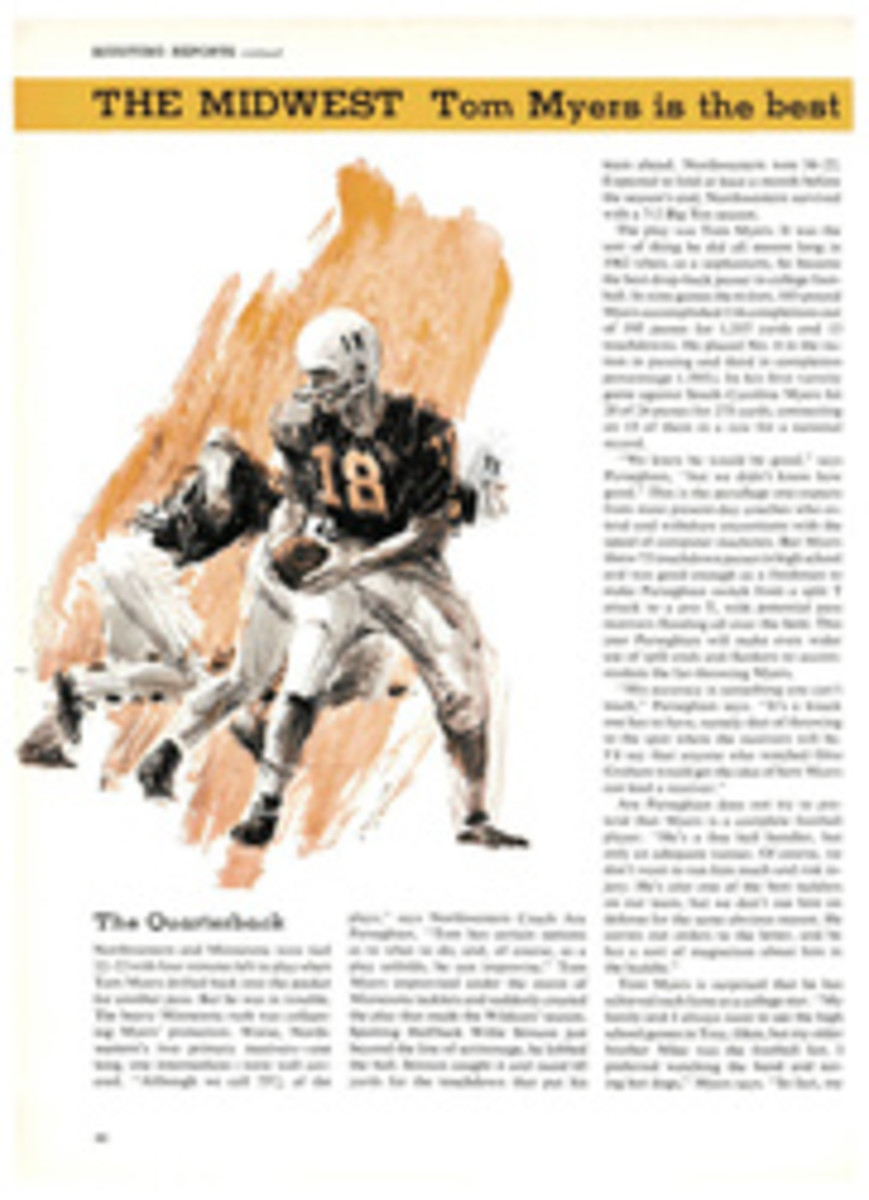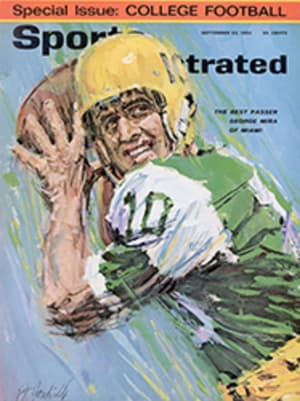
The World's Most Complicated Game
Comedian Bob Newhart has a bit in which he plays a game manufacturer. He turns down an inventor on various and businesslike grounds—among them, the inventor's game is too complicated and it can't be played by couples. The game that Newhart's man so eloquently spurns is baseball, but the manufacturer's reasoning would equally have assassinated what may have been the most complicated game ever invented. It was Fletcher Pratt's Naval War Game, which flourished in the U.S. from 1929 until the end of World War II. It violated all the rules, too, but people played it all over the country, and though it never caught on like baseball, a lot of us still miss it.
Pratt was a writer and a naval expert (before he died in 1956 he had written some 60 books about naval and military affairs), and one day, in 1929, "bored with seven-card stud, backgammon and craps," he and a group of maritimeinded friends decided to invent a naval game. They bought a division or two of model ships, pushed back the furniture in Pratt's living room and set to gaming. By the time they were done, they had come up with the rules for a mammoth contest that required up to 60 people on a side, a large ballroom to play in and vast fleets of accurately scaled ships, and the Naval War College started sending down experts to take lessons.
Pratt's most limited of limited wars was essentially simple. There were fleets of model ships, each commanded by an admiral. Each ship in each fleet had a captain. The captains maneuvered around the floor under the direction of the admiral, steaming at scale speeds—a 30-knot ship could move so many inches a turn, 20-knot ship two-thirds that distance and so on. All the ships would move at the same time. Pratt blew a whistle, everybody moved and then another whistle announced that it was time to stop moving and start shooting.
Shooting was the key to the operation, and it gave Pratt and his assistant inventors the most trouble. They tried all sorts of methods: aiming flashlights, firing toy cannon at each other, even retiring to another room and whanging away with air pistols at battleship pictures pasted on the wall. Finally they contrived a paper arrow with a metal-headed pushpin at each end. When you were a ship captain and it was time to shoot, you sprawled on the floor, lined up the pins on an enemy ship, tried to guess how many inches away the enemy ship was and wrote that estimated range on a handy piece of paper. After everybody had finished moving, Pratt—who was too good at the game and usually headed a board of referees—would go around with a big tape measure measuring out the shots and putting a golf tee upside down on the floor to simulate shell splashes for misses. A satisfactory-looking cardboard painted with roiling, black, oily clouds showed a hit. There was a vast formula for calculating the fighting power of each ship: (Gc[2] X GN + Gc'[2] X Gn' + 10TT + 10A[2] + 10 A'[2] + 10A" + 25 Ap + M) Sf; + T, and elaborate tables for telling each captain what had happened to his ship when the turn's shooting was over. There were other devices for torpedoing, laying smoke screens and shooting down airplanes, but most of the erudite calculations were made by Pratt and his referees; it really took just a good eye for distance and an old pair of pants to qualify one for a floor command in Pratt's game. As a result, Pratt's battles attracted a clientele ranging from professional naval officers to pretty girls. Some of the girls were extremely combative, and the first night I played the game I found myself being salvoed at short range by a redhead in slacks commanding a Chinese torpedo boat. "I'll get you yet, wise guy," she said, unsmiling, as she chased me behind a battleship. The naval officers, on the other hand, tended to enmesh themselves in the intricacies of their profession, and were always getting in trouble. My fondest memory of my Saturday-night service with Pratt came with the command of my own torpedo boat. A regular-Navy commander, fresh from Pacific destroyers, steered smartly down the floor with his model destroyers. He executed a snappy starboard turn and ran smack into 12 of my torpedoes. He looked on, slack-jawed, as they came and took away his ships, and then he got up and walked out of the ballroom.
By the time it got refined, Pratt's game was so like real naval battles that its players liked to try out actual fleet actions from history to make sure the right side had won. It almost always turned out that the right side had. Sometimes, however, Pratt would experiment with battles before they happened, and in one celebrated case he pitted the German pocket battleship Graf Spee against three small British cruisers. The British won, and everybody decided there had been some mistake and forgot about it. Then the same thing happened in the real fight, and Pratt's players reacted with awe when they realized that they had been right and the experts wrong.
During the war the game caught on all over the country. NROTC units played it in armories (one, in Buffalo, had spectators, refreshments, a band and a big scoreboard to show who was getting sunk); splinter groups played it in living rooms and on ping-pong tables; three days after Iwo Jima fell, some Marines started a game in a Quonset hut; and after Japan surrendered, some occupation people staged a battle on the floor of the Diet. Pratt published a magazine about the game, and the New York group met regularly in Caravan Hall, a big ballroom on East 59th Street. Everybody put 25¢ into a kitty to defray ballroom rent and beer, and the games often slugged long into the night. With great fleets fighting monthly, supplying sufficient ship models was always a problem. Pratt used to have model-building parties in which whittlers carved out whole classes of tiny warships in a night. Another problem was the vulnerability of balsa-wood battleships to the human foot, and many branch war games required players to take off their shoes.
The game flourished through 1946, then—partly because of rising ballroom rents, partly because Pratt had so many books going and mostly because Pratt's players had had a bellyful of real-sized war—it succumbed. There are still a few groups "playing today, chiefly in England, but nothing survives on the scale of those big, post-midnight clashes of mighty fleets in a big ballroom—great battles in which men were men and light cruisers were 7 inches long.
PHOTO
PHOTO
PLAYERS LINE UP THEIR SHIPS DURING A WAR GAME ON PRATT'S STUDIO FLOOR

